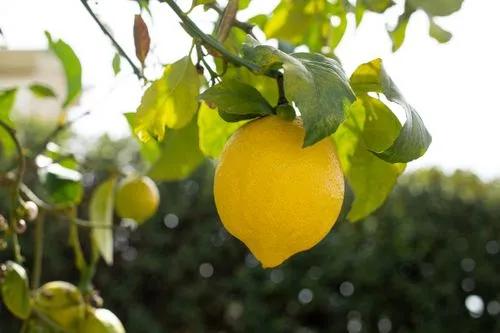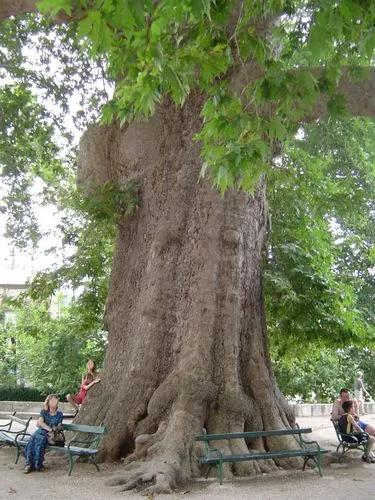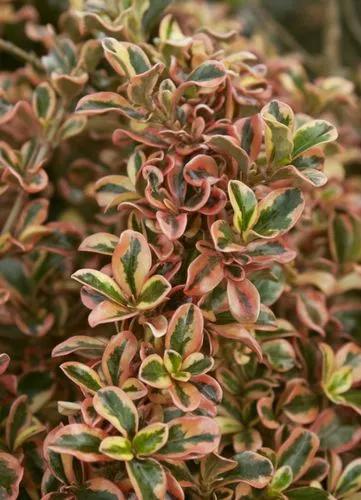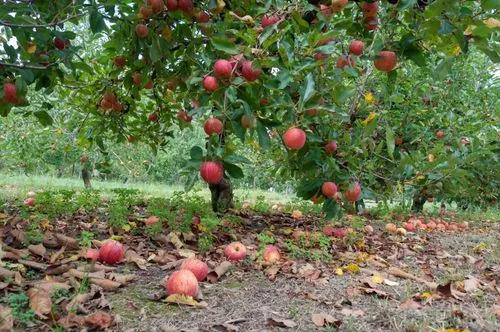The American cranberry (V. macrocarpon) is the most commercially important species and is found wild in the greater part of the northeastern United States. It is robust with round, oblong, or pear-shaped berries that vary in colour from pink to very dark red or mottled red and white.
Vaccinium Macrocarpon Care
Vaccinium Macrocarpon



How to Care for the Plant

Pruning

Cranberry can be pruned after harvest to stimulate the production of vigorous uprights that will produce more fruit.

Sunlight

Suitable for: light (sandy) and medium (loamy) soils, prefers well-drained soil and can grow in nutritionally poor soil. Suitable pH: acid soils and can grow in very acid soils. It can grow in semi-shade (light woodland) or no shade. It prefers moist or wet soil.

Soil

Prefers a very acid soil with a pH in the range of 4 to 4.5, plants soon become chlorotic when lime is present

Temperature

Cranberry plants need cold weather in order to trigger a dormant phase, approximately three months of temperatures in the 32 to 45 degree F.

Container

Potted cranberry plants do not usually have the room to produce these runners and new canes, so cranberries in pots will need to be replanted every few years.

Additional

Description. Vaccinium macrocarpon is a perennial shrub, often ascending (trailing along the surface of the ground for some distance but then curving upwards). It produces white or pink flowers followed by sour-tasting red or pink berries 9–14 mm (0.35–0.55 in) across.

Popularity

105 people already have this plant 17 people have added this plant to their wishlists
Discover more plants with the list below
Popular articles






